Jaeyaksan Mountain (재약산)
14.6Km 2021-05-25
Gucheon-ri, Miryang-si, Gyeongsangnam-do
+82-55-352-1150
Situated between Miryang and Ulju, Jaeyaksan Mountain (1,119.1 meters) boasts gorgeous landscapes with giant rock formations near its peak. One of the most popular attractions of the mountain is Sajapyeong Plain and its vast field of silvergrass. The hiking course is relatively easy, adding to its charm. Nearby attractions include Eoreumgol Valley, Hobakso Pool, Pyochungsa Temple, Cheungcheungpokpo Falls, and Geumgangpokpo Falls.
Taehwagang River (태화강)
15.1Km 2020-09-05
Mugeo-dong, Nam-gu, Ulsan
+82-52-120
Taehwagang River cuts across the city of Ulsan from the west to east and originates from Tapgolsaem Spring on Baegunsan Mountain. The 47.54-kilometer-long river passes through downtown Ulsan and empties out into Ulsan Bay on the East Sea. Not just a symbol of pride for the people of Ulsan, the river has long since been a precious commodity that has played a pivotal role in Ulsan culture and history. There are several attractions and amenities near the river such as a bamboo forest park, grassy fields, a pampas grass colony, trails, and exercise facilities. The river itself is home to many freshwater fish, while the riverside area is a famous habitat for migratory birds.
Naewonsagyegok Valley (내원사계곡)
15.2Km 2021-02-18
207, Naewon-ro, Yangsan-si, Gyeongsangnam-do
+82-55-380-4826
Naewonsagyegok Valley is located just below Naewonsa Temple at the foot of Cheonseongsan Mountain. The valley is surrounded by Jeongjoksan Mountain to the northeast, Wonjeoksan Mountain to the south, and Cheonseongsan Mountain to the southeast. The water running through the numerous valleys between these mountains has formed streams like Yongyeoncheon and Sangnicheon, which form the Yangsancheon Stream out of Naewonsagyegok Valley.
Naewonsagyegok Valley was formerly called Sogeumgang (little Geumgang), meaning that its beautiful scenery is comparable to that of the breathtaking Geumgangsan Mountain. It is also known as the “mystical valley” as crystal clear water flows all year round. The word “Sogeumgang” is distinctly engraved on one side of the cliff and large rocks stand in layers throughout the valley. Some of the rocks are called Byeongpungbawi Rock, literally meaning folding screen rocks, as they are stretched out much like folding screens.
The valley and the surrounding mountains are a popular summer vacation spot and a well-known hiking destination during the spring, fall, and winter. Muk (acorn jelly) made with acorns gathered from this area not only tastes great, but is also very healthy. Nearby attractions include Tongdosa Temple and Hongnyongpokpo Falls.
* Entrance into the upper region of Naewonsagyegok Valley is restricted.
Naewonsa Temple (Yangsan) (내원사(양산))
15.2Km 2024-02-23
207 Naewon-ro, Habuk-myeon, Yangsan-si, Gyeongsangnam-do
Naewonsa Temple, situated in Cheonseongsan National Park, is home to a monumental Buddha statue standing at 5.5 meters, crafted during the Silla dynasty. The temple complex features various structures, including Bogwangjeon and Geungnakjeon Halls, showcasing its captivating architectural style. Renowned for its picturesque mountain landscapes and as a popular destination for autumn foliage, the temple attracts numerous visitors every year.
Eoreumgol Hanok Pension (얼음골한옥펜션&캠핑장)
15.2Km 2024-12-13
11-12 , Hayangjian-gil, Miryang-si, Gyeongsangnam-do
+82-10-7100-6203
Eoreumgol Hanok Pension is a hanok pension located between Gajisan Provincial Park and Unmunsan County Park in Gyeongsangnam-do. There are three guest rooms in the pension that have been constructed with red clay, hardwood charcoal powder, and red clay hemp cloth in order to provide health and healing to guests. For convenience, it is equipped with a modern kitchen and bathroom, as well as an outdoor swimming pool, outdoor barbecue facilities, and traditional games like rolling hoops and tuho (arrow-throwing). Each season, the pension operates an outdoor campsite and organizes apple and chestnut picking activities.
Ulsan Grand Park Rose Festival (울산대공원 장미축제)
15.2Km 2024-04-17
377, Nambusunhwando-ro, Nam-gu, Ulsan
+82-52-229-3341
Ulsan Grand Park Rose Festival has on exhibit about 3 million roses in a vast rose garden. The festival offers diverse views of beautiful roses along with dynamic performances and participation events.
27th Ulsan Amateur Golf Tournament (제27회 울산아마골프대회)
15.3Km 2025-03-15
1 Ungchon-ro, Ungchon-myeon, Ulju-gun, Ulsan
+82-52-220-0613
The Ulsan Amateur Golf Tournament, hosted by Kyungsang Ilbo and organized by the Ulsan Golf Association, is a key event for local amateur golfers. Divided into general and senior player categories, participants compete in an 18-hole stroke game, with various awards at stake. The tournament promotes golf culture, sportsmanship, and community bonding.
The Taehwagang National Garden and Simni Bamboo Grove (Milky Way Trail) (태화강 국가정원 십리대숲 (은하수길))
15.5Km 2025-08-06
5 Saetgangnam-gil, Jung-gu, Ulsan
Simni Bamboo Grove is a bamboo forest that stretches over about 4 kilometers along the Taehwagang River and is a natural garden using bamboo that has grown naturally for a long time. It is a healing space in the city where the river wind blowing through the bamboo and the whisper of bamboo leaves tickle one's ears. It's also a unique night garden where the Milky Way descends in the dark, hence its name "Milky Way Trail." It is a must-see course where you can feel as if you are walking along the Milky Way in the night sky as colorful lights meet bamboo.
Taehwagang National Garden (태화강 국가정원)
15.5Km 2024-11-28
154 Taehwaganggukgajeongwon-gil, Jung-gu, Ulsan
The Taehwagang River cuts across the heart of Ulsan and flows into Ulsan Bay, which is connected to the East Sea. The river basin, which stretches 36 kilometers from east to west and 28 kilometers from north to south, is mostly comprised of mountainous terrain, but there is fertile land on both sides of the river and at the southern end of the river. The river is presently an important source of drinking water for the citizens of Ulsan.
The field around the midpoint of Taehwagang River was left abandoned for a long time before it was founded as Taehwagang National Garden, preserving nature while providing a resting spot to the citizens of Ulsan. The garden is over twice the size of Yeouido Park in Seoul, and consists of natural water and a lush bamboo forest, known as Simnidae Forest, along with canola and forage barley fields. Simnidae Forest was once in danger of demolition as part of the government's flood control plans but remains preserved thanks to community efforts. Preservation efforts led to turning the area into Taehwagang National Garden of today, which was recognized as Korea's second national garden in 2019.
◎ Travel information to meet Hallyu’s charm - TV series"Death's Game"
This is the place that Yee-jae, reborn as his mother, visited to remember his mother by. There are six thematic gardens along the Taehwagang River, all beautiful in their own unique ways. The view created a strong contrast with Yee-jae’s sad expression, creating a memorably tragic scene.
Twelve Scenic Places of Ulsan City (울산 12경)
15.6Km 2024-02-20
Ulsan Metropolitan City
Twelve Scenic Places of Ulsan City encompass the stunning landscapes of Ulsan, showcasing the natural beauty and cultural richness of the region. These include the bamboo forest in Taehwagang Gardens, the majestic rock formations in Daewangam Park set against the backdrop of the azure sea, the four seasons of Gajisan Mountain, the silver grass field of Sinbulsan Mountain, the breathtaking sunrise at Cape Ganjeolgot, the ancient Petroglyphs of Bangudae Terrace and Cheonjeon-ri from the Neolithic era. Other scenic spots include the Gangdong and Jujeon Pebble Beach, Ulsan Grand Park, the captivating night view from the Ulsandaegyo Bridge Observatory, the charming Jangsaengpo Whale Culture Village, the serene Oegosan Onggi Village, and the picturesque Naewonam Valley in Daeunsan Mountain.
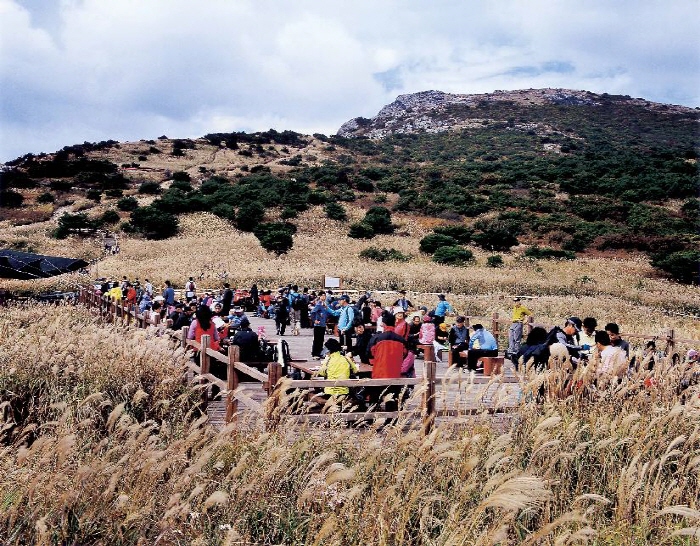
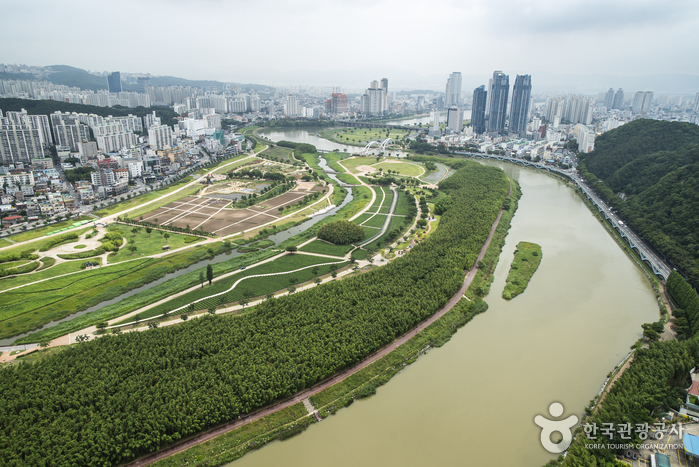


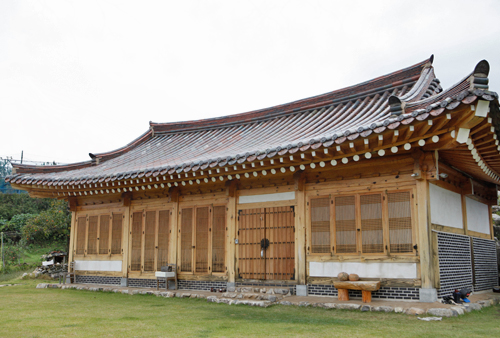
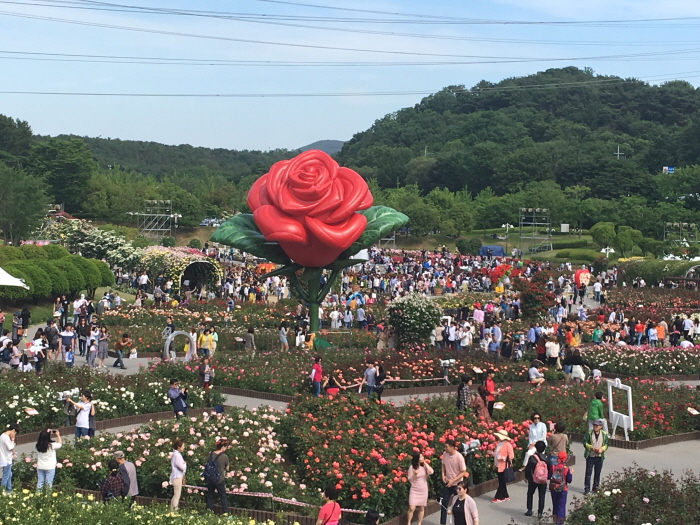

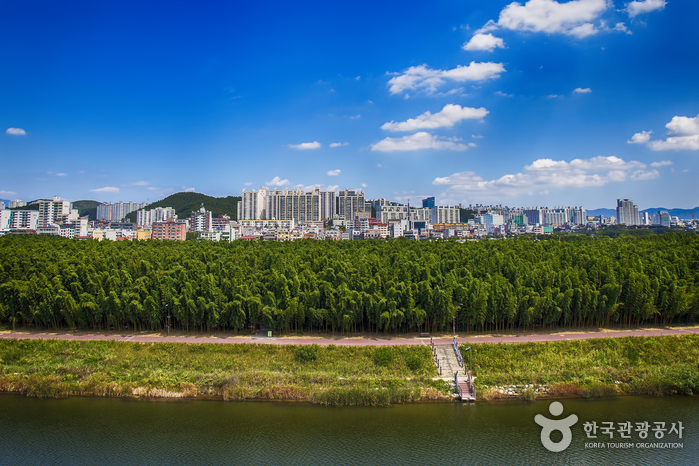
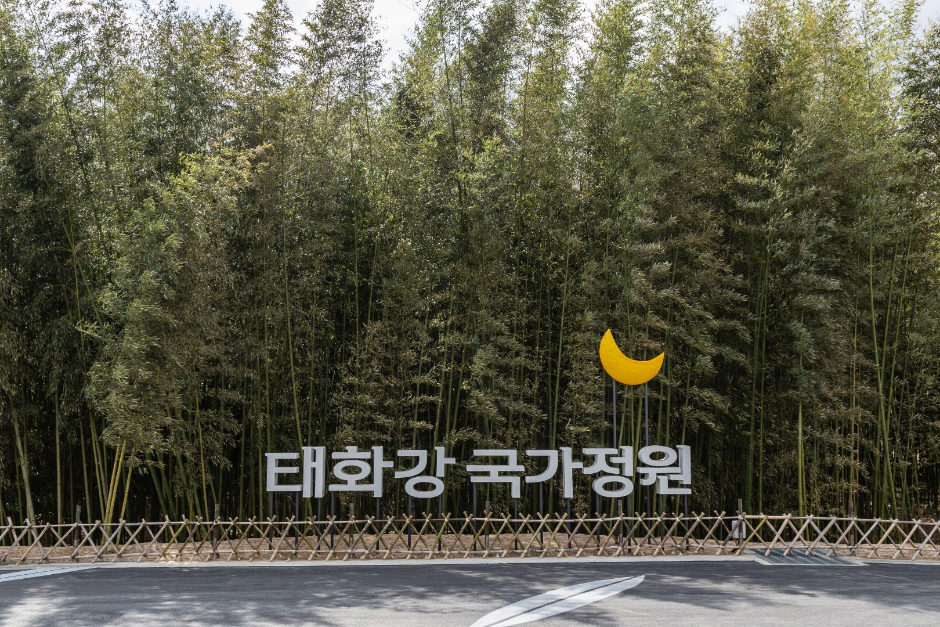
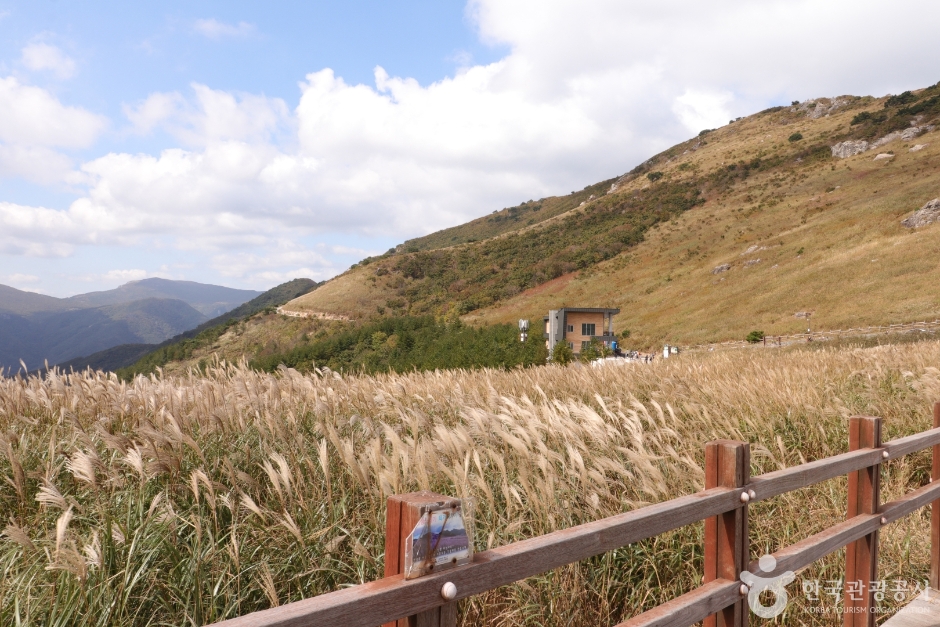
 English
English
 한국어
한국어 日本語
日本語 中文(简体)
中文(简体) Deutsch
Deutsch Français
Français Español
Español Русский
Русский